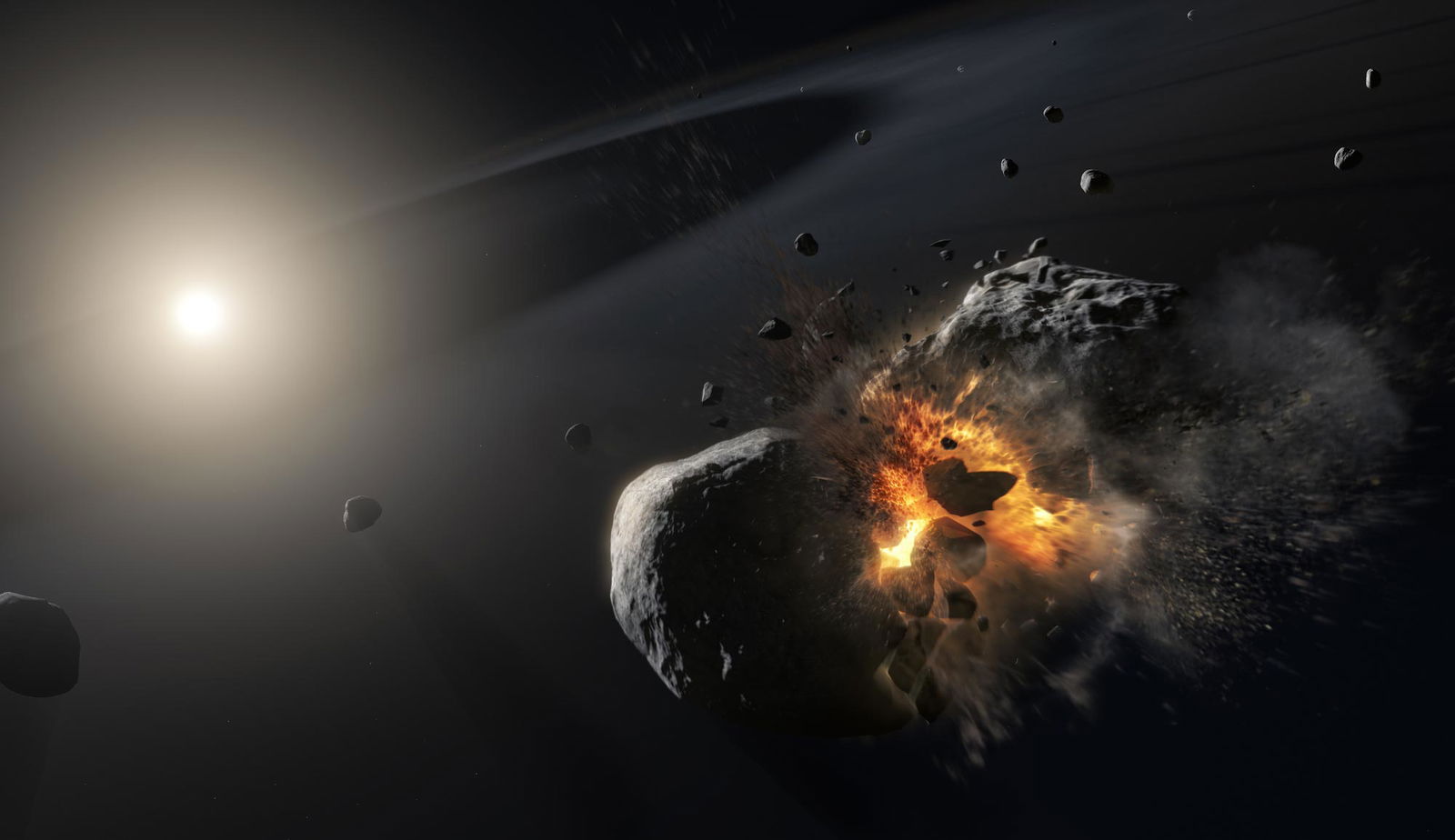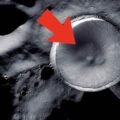New research on meteorites may finally provide answers to why Earth and Mars suffer from a mysterious absence of specific elements, the cause of which has long been debated among scientists.
Researchers from Arizona State, Caltech, Rice University, and MIT analyzed iron meteorites, rare chunks of the iron-nickel alloy called “meteoric iron,” that provided humans with their first useful sources of the material. By comparing these remnants of the early universe to the Earth’s present composition, the team made potentially crucial insights into how impacts with meteorites could influence the chemical compositions of planets.
MVEs and Cosmic Neighbors
Of the many similarities between Earth and Mars, its neighbor in the Sun’s habitable zone, each planet shares a similar depletion of what scientists call moderately volatile elements (MVEs). MVEs include substances like copper and zinc, which often occur alongside water, carbon, and nitrogen, which are crucial elements for life.
Compared to primitive rocky meteorites called chondrites, Earth and Mars hold significantly lower proportions of MVEs, begging the question of why these planets are so different.
According to the planetesimal hypothesis, these solid objects anchoring protoplanets are the primary root around which planets eventually coalesce, representing the purest version of what those rocky spheres will one day become. As such, the team needed to discern a way to compare Earth of the present day to the planetesimal form it likely possessed very early in its formation.
Examining Meteorites
The multi-institution team, led by Arizona State Assistant Professor Damanveer S. Grewal, looked to iron meteorites as a sort of window for viewing the primordial proto-Earth. These remnants of ancient planetesimals are samples of the core materials that would have also been available to Earth during its early formation. Measuring the abundance of MVEs in these meteorites gave the scientists an estimation of how common those elements were in planetesimals.
“We found conclusive evidence that first-generation planetesimals in the inner solar system were unexpectedly rich in these elements,” said lead author Damanveer S. Grewal. “This discovery reshapes our understanding of how planets acquired their ingredients.”
Meteorites and Planetary Hypotheses
Earlier hypotheses concluded that either planetesimal differentiation led to the MVEs escaping into the cosmos during nebular condensation, or that they lost them during differentiation when the elements of a planet formed into distinct layers. Investigating those early building blocks led to a new conclusion: collisions among the heavenly bodies could very likely be stripping the MVEs away.
According to the Grewal’s team’s findings, a significant amount of inner solar system planetesimals manage to hold on to their MVEs, continuing to accrete and preserve MVEs through differentiation. These results indicate that Mars and Earth likely began with heavier concentrations of MVEs that depleted over time through collisions.
“Basically, you could cause large scale vaporization for rocks after high energy collisions,” Grewal explained to The Debrief. “When the vapor starts to condense back from the hot impact plume, the moderately volatile elements (MVEs) are not able to condense back efficiently because of the high temperature of the plume and are lost to space.”
“Our work redefines how we understand the chemical evolution of planets,” Grewal concluded. “It shows that the building blocks of Earth and Mars were originally rich in these life-essential elements, but intense collisions during planetary growth caused their depletion.”
The paper “Enrichment of Moderately Volatile Elements in First-Generation Planetesimals of the Inner Solar System” appeared on February 5, 2025 in Science Advances.
Ryan Whalen covers science and technology for The Debrief. He holds an MA in History and a Master of Library and Information Science with a certificate in Data Science. He can be contacted at ryan@thedebrief.org, and follow him on Twitter @mdntwvlf.

